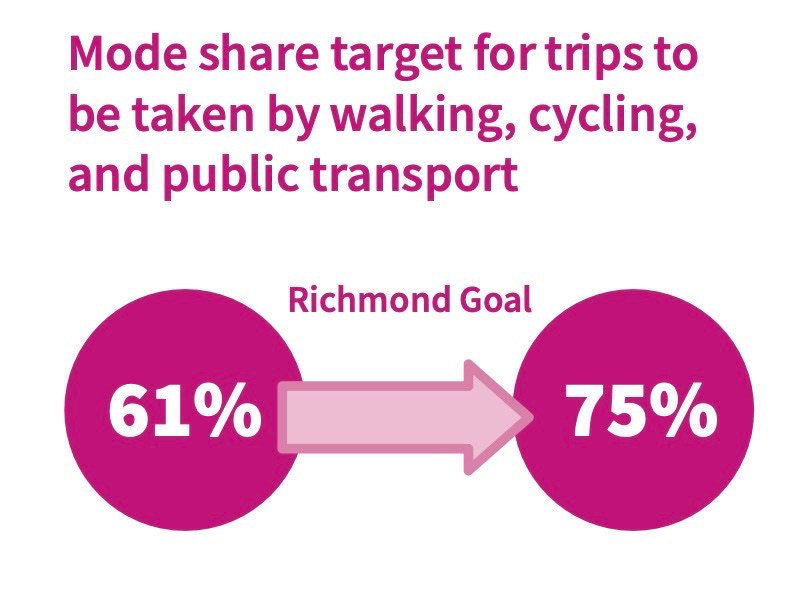Three lessons from May's Richmond Council Transport Forum
The missing Mayor, a car credibility gap and the good fortune of living in Barnes and Mortlake
Its part of the job. But it should still be appreciated. Whether medical staff or teachers, doing the basics well warrants praise. And so with councillors and their officials.
Richmond Council held a public forum in early May on its draft Transport Strategy. The consultation—open online and attracting around 1,300 submissions so far—was brought to life at an event at York House in Twickenham. The meeting, chaired by David Tidley, Transport Strategy Manager for Richmond and Wandsworth, featured Councillor Alexander Ehmann, a Liberal Democrat who chairs the borough’s Transport and Air Quality Committee.
They faced a 60-strong audience of varying interests and patience. I thought they both did well. They came across as authentic, informed and willing to engage.
Notes and thoughts
I walked away with five pages of notes and ideas. It was a rich ninety minutes: there were updates from both speakers; table based-discussions on some key themes; and a Q&A session. I had three main takeaways.
Sir Sadiq Khan, Mayor of London but not Richmond
The Mayor of London will have no influence on how residents of the borough move about between now and 2040. That is the only explanation for the missing Mayor.
Transport for London (TfL) was referenced - briefly, and mostly in operational terms: they run the trains, are responsible for the A316 and A205, and help with modelling. Beyond that, little.
Beyond that, the Mayor’s Transport Strategy is .. well, what? Nothing? Irrelevant? The ambition to encourage more people into sustainable travel was presented as a TfL-target not a strategic ambition fornally adopted by London’s most senior elected representatives.
I tried to ask Councillor Ehmann but he chose not to answer. It could be he didn’t hear my question. I will try again.
As the meeting proved time and again, if there is one topic that requires pan-London co-operation it is transport. As a resident, I don’t care if your politically approved t-shirt is orange, blue, red, green or torquoise. Elections over, I expect a practical level of acknowledgement, engagement and co-operation.
Car credibility gap
The Transport Strategy document included the mode share target for the borough.
For context the Mayor’s Transport strategy target for London as a whole is to move from 63% to 80%
This shift lies at the heart of changing transport on our city. There’s a need to get people out their private cars.
Richmond Council appear to be keen to do this. Certainly, the otherwise coy Councillor Ehmann (‘I am not agnostic about the outcome of this consultation’. Three times in ninety minutes.) suggested that was the takeaway from the consultation process to date. He was also keen - rightly - to point to the various initiatives in the consultation plan - ‘Cargo Bike capital of the country’ anyone? (If that is your thing, do visit the Old Deer Park in mid-June)
But here’s the issue: the strategy relies almost entirely on encouragement. It’s an appeal to our better selves.
The many incentives are to be welcomed. They are necessary. But not sufficient. There need to be some disincentives.
Cities like Paris and Amsterdam have shown that to achieve a mode shift, you need a mixture of incentives and disincentives.
At the moment, the Richmond Plan is all incentives. Of course they need to dominate. An 80/20 split would be sufficient. That missing 20% is the credibility gap.
One borough, many different wards
One of the members of the Forum was from a visitor from the West Country.
Putting aside the obvious question, ‘Wiltshire man’ pointed out what many Londoners forget: much of Richmond is unusually well-served by public transport. Visitors from beyond London always make this point.
Of course there are ambitions for improvements in every ward - including the two which are the focus of this blog, Barnes and Mortlake and Barnes Common - but they are often addressing second or even third order issues.
Councillor Ehman acknowledged this but pointed out, this was not true for the whole borough. He mentioned several areas including Ham and Hampton where public transport was lacking.
Those of us interested in improving this fortunate corner of the world’s greatest city, need to remember this.


